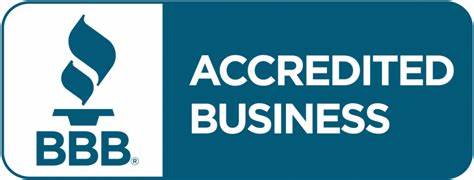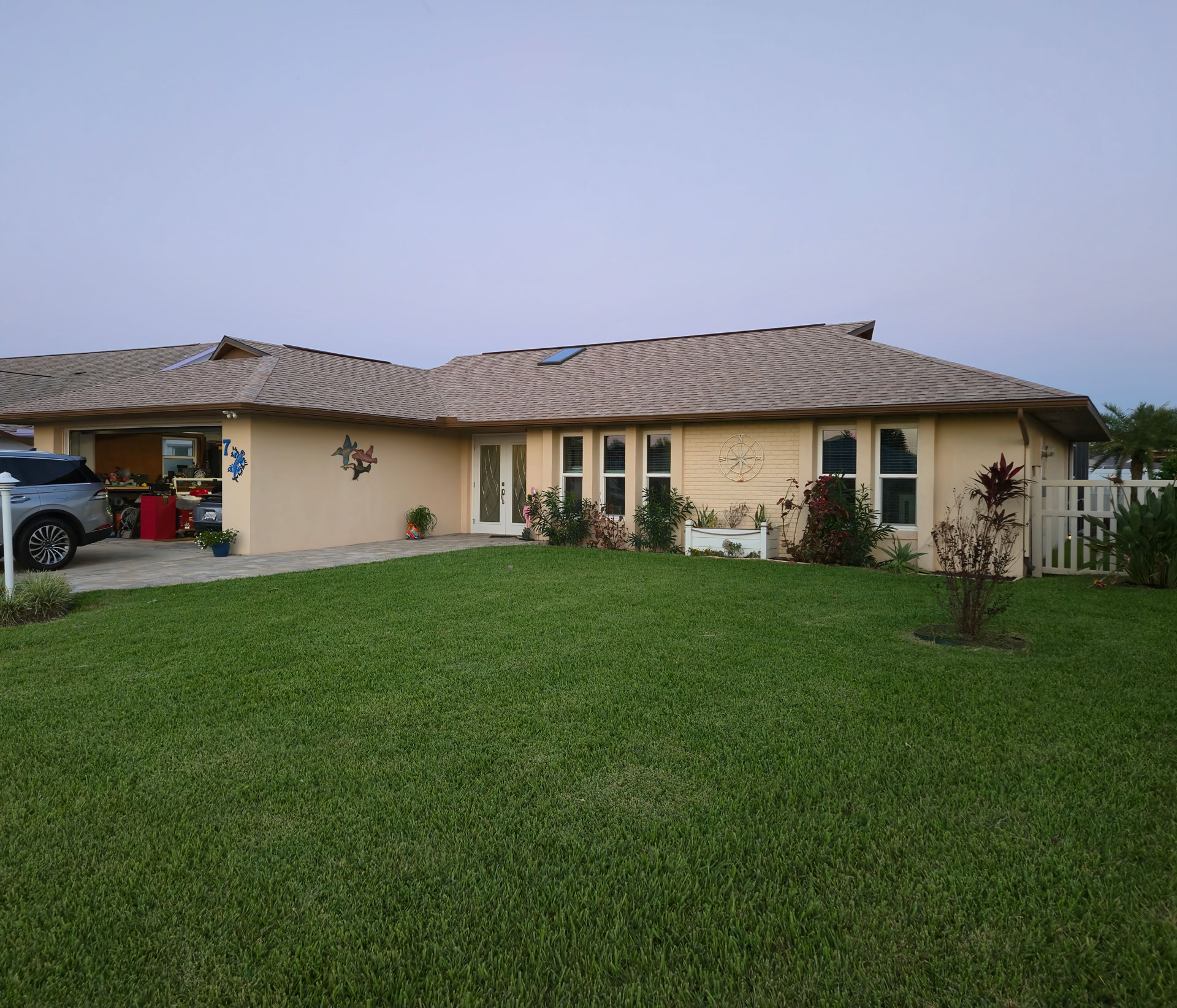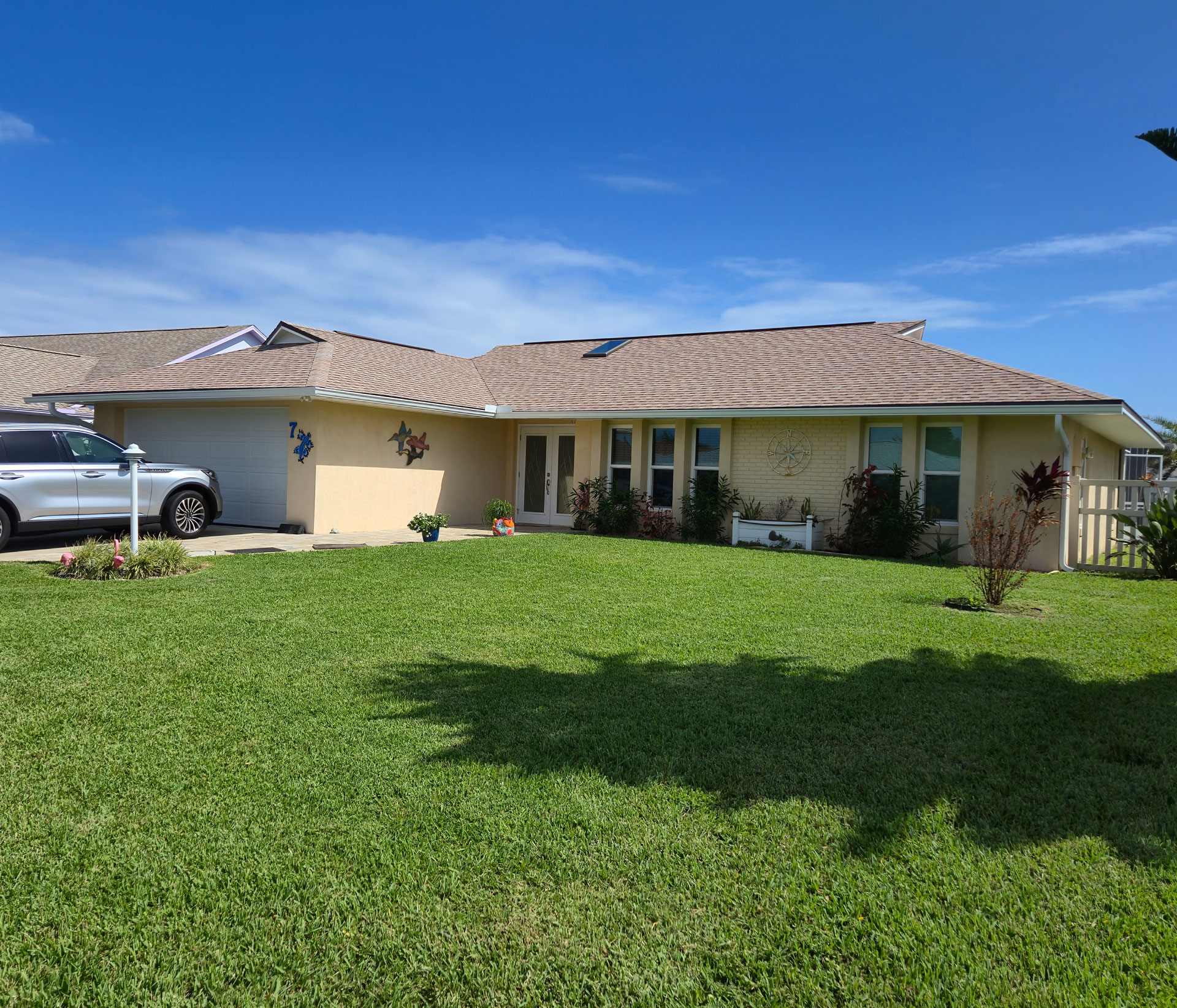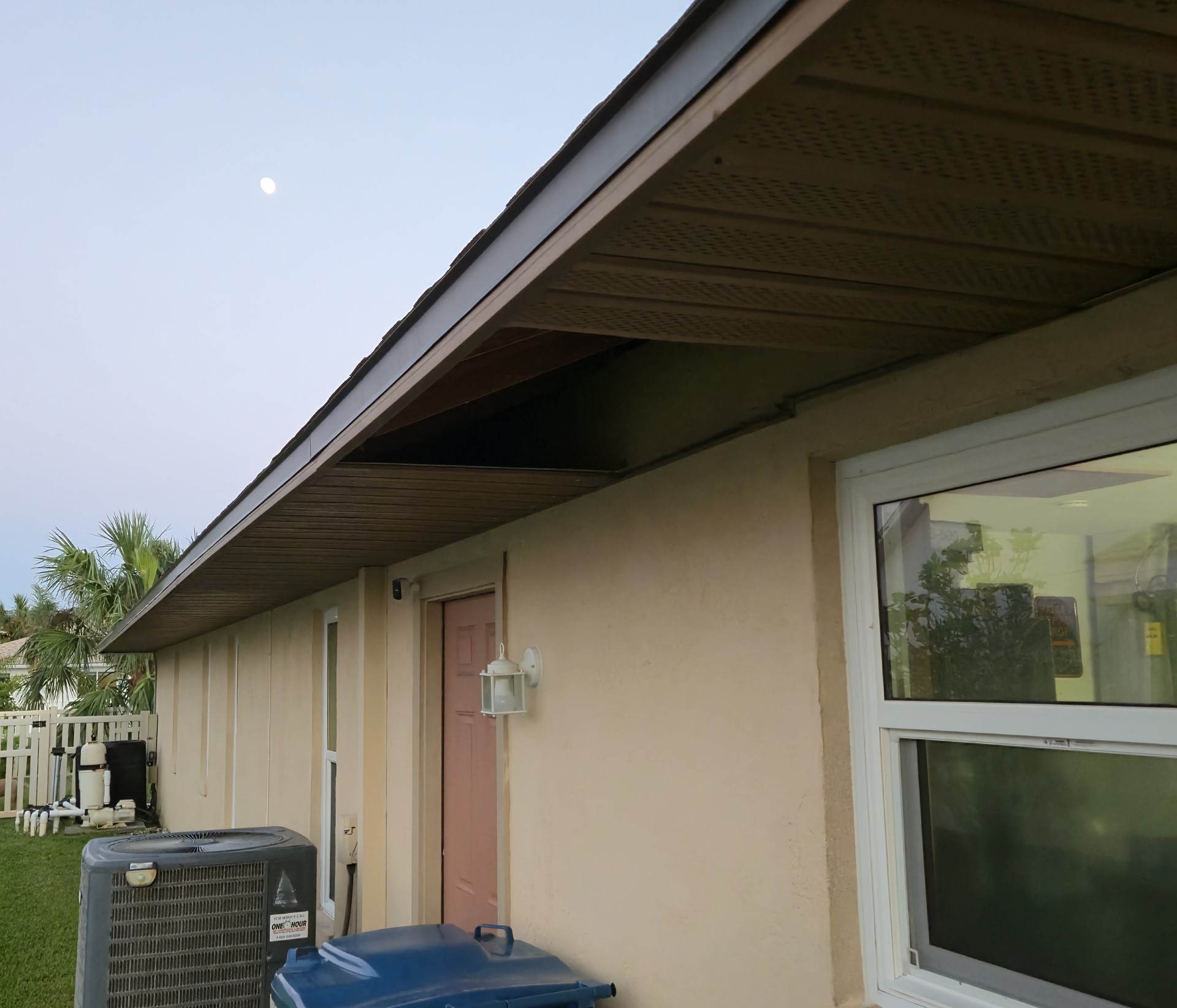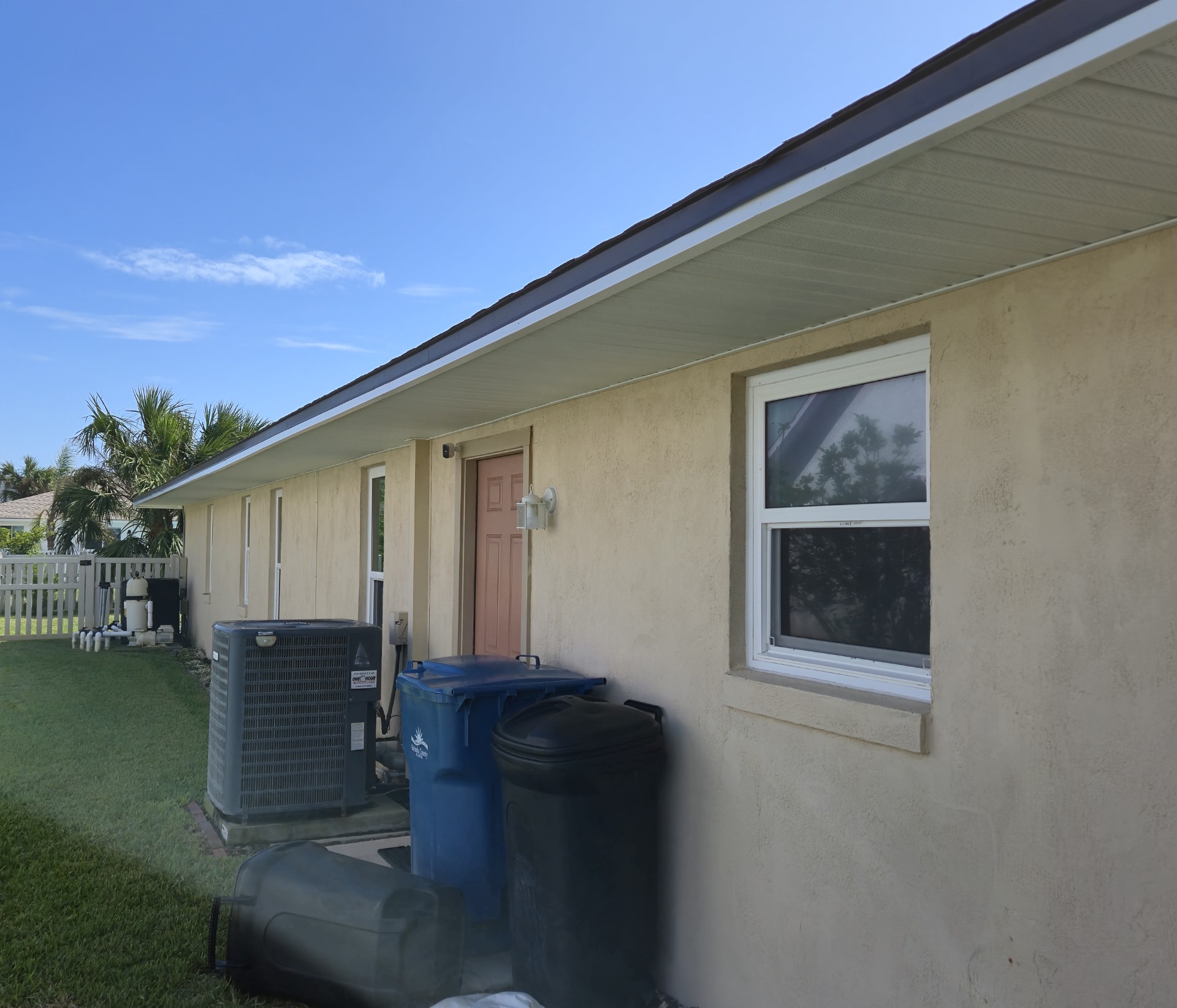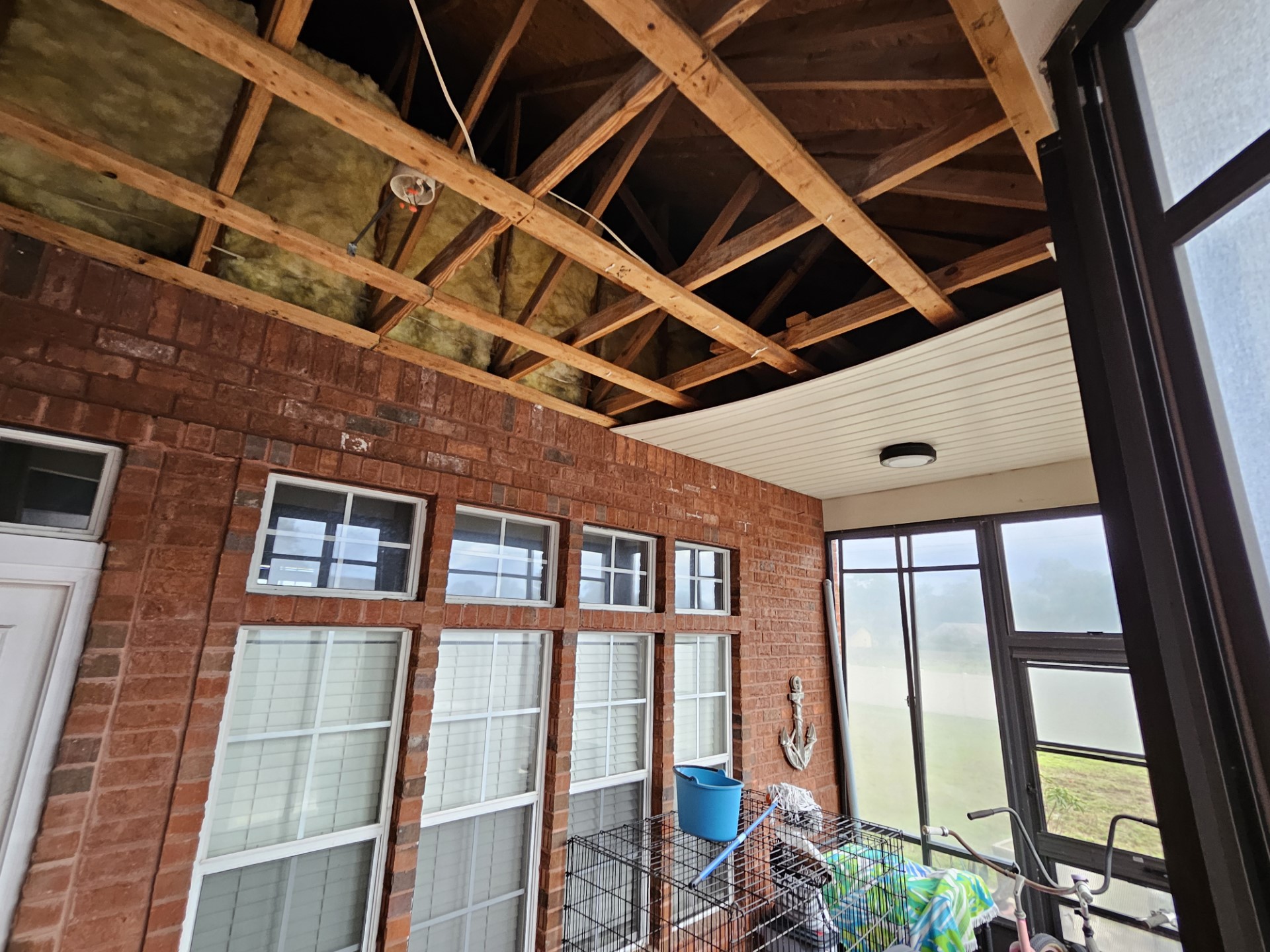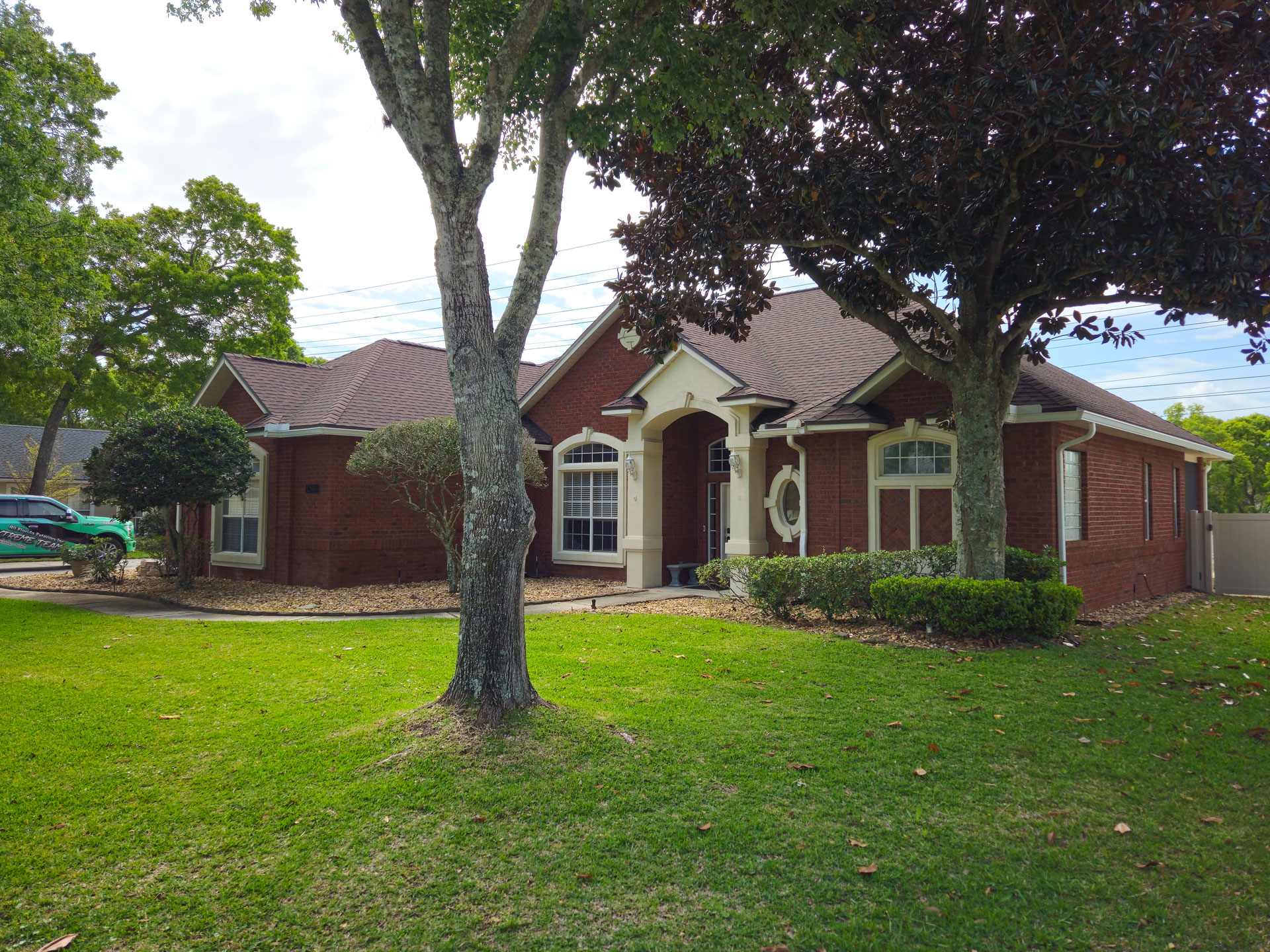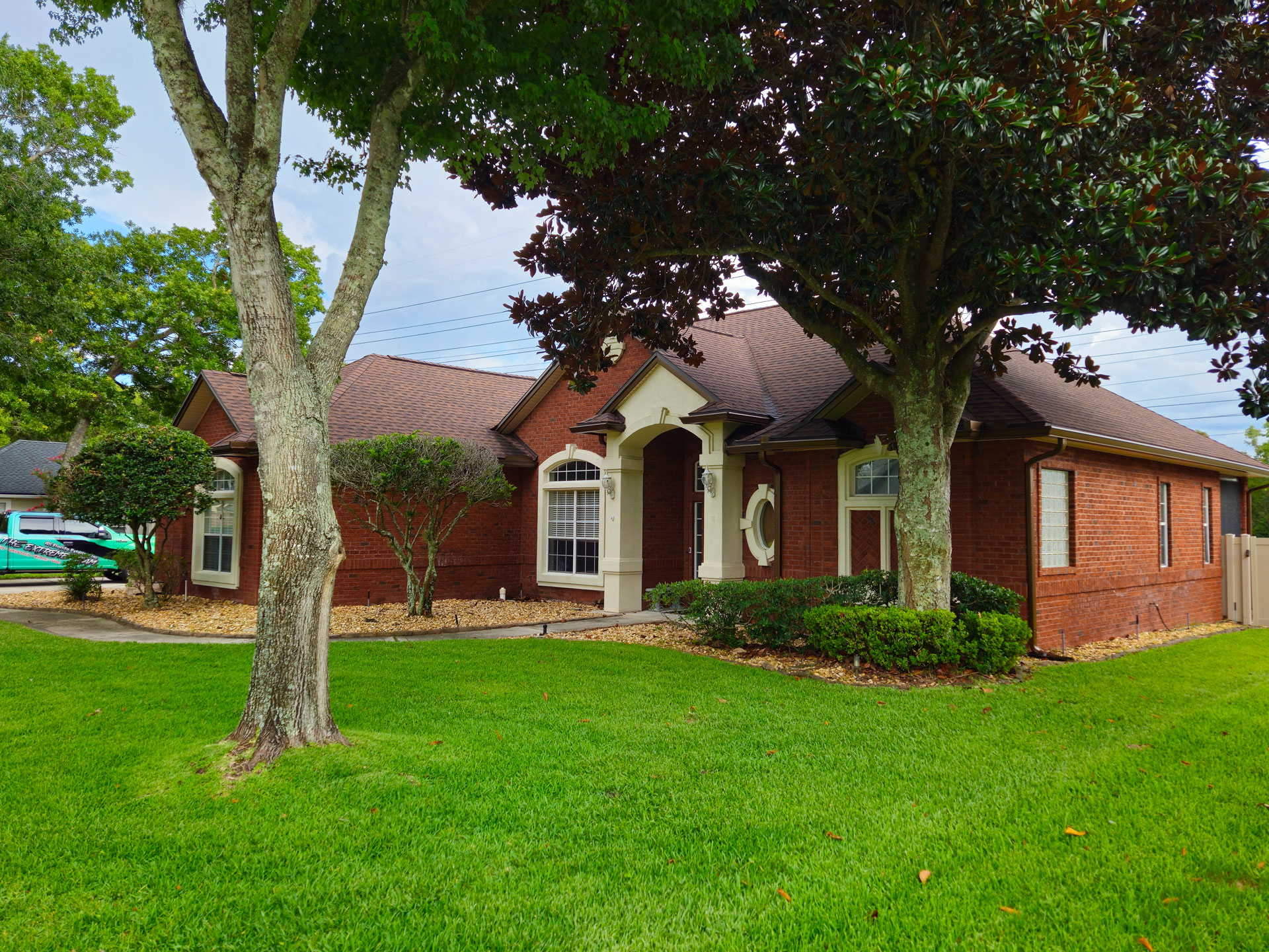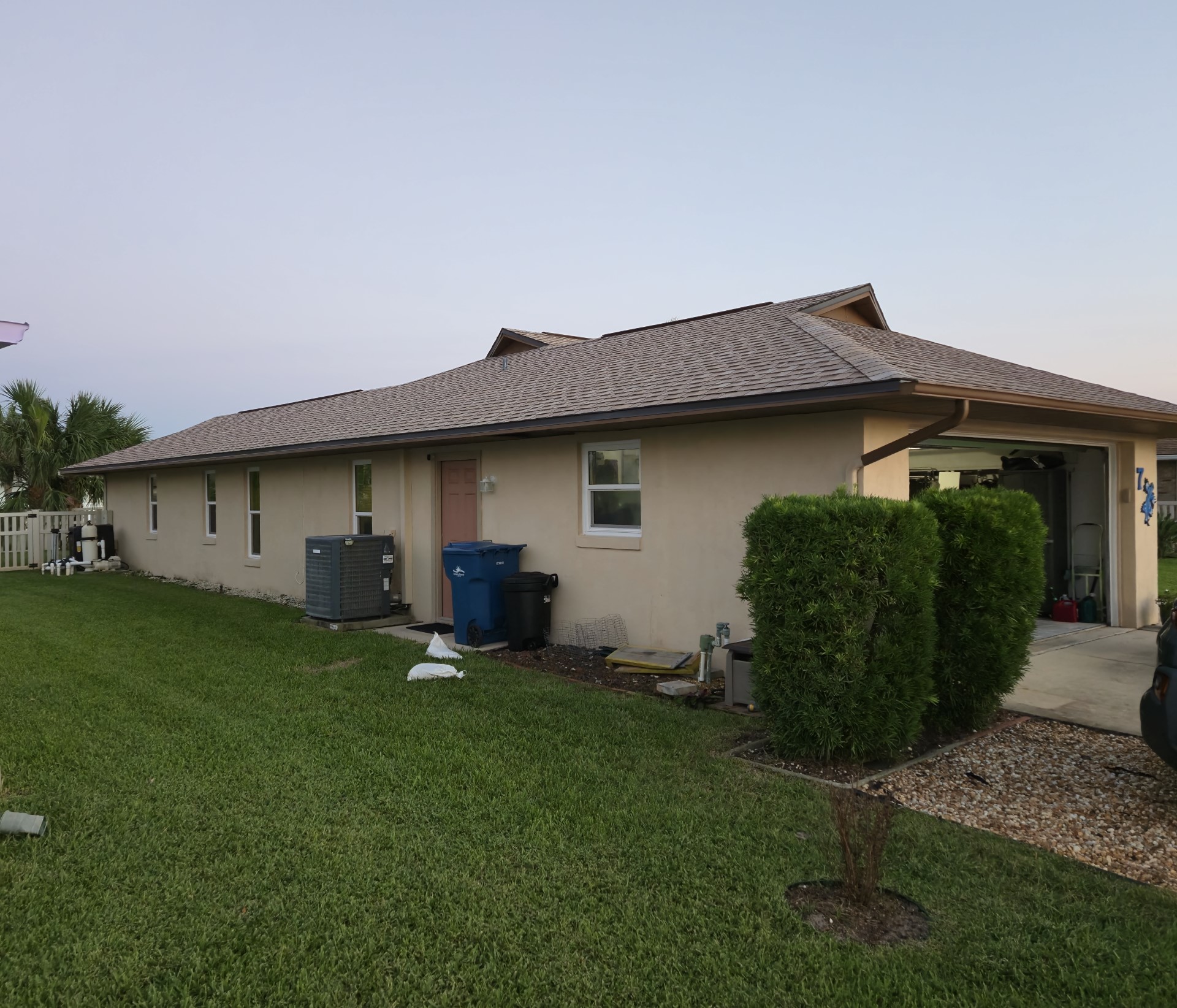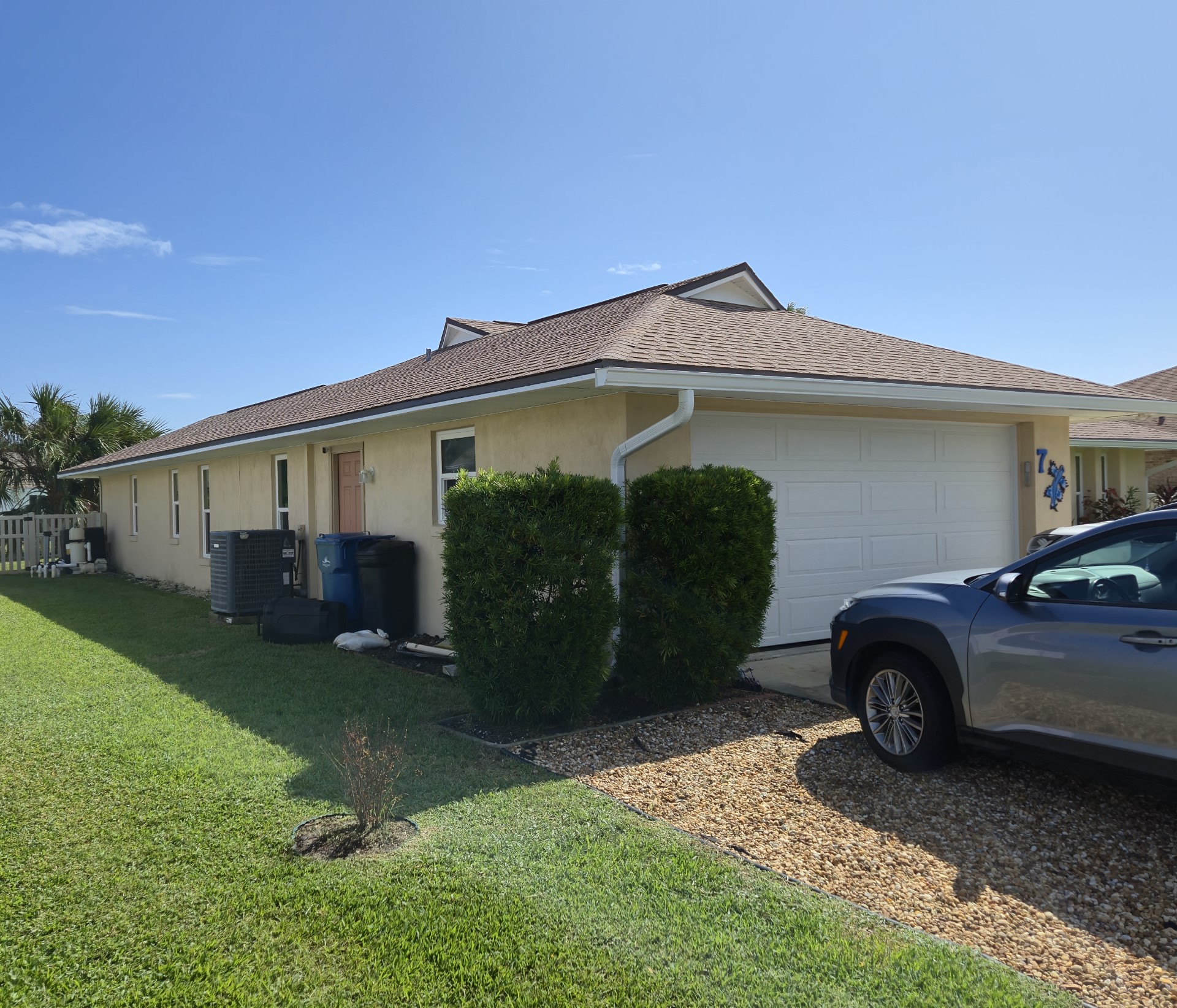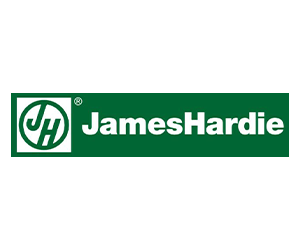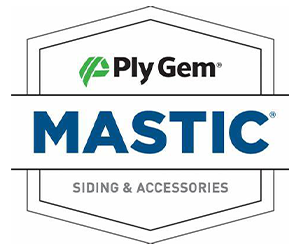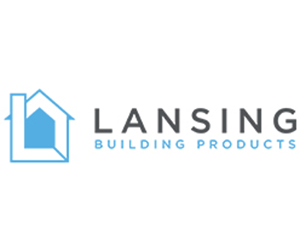Soffit & Fascia
Soffit and Fascia Installation
Vented soffits are an essential component of a home’s ventilation system, particularly in relation to the roof and attic. Soffits are the panels or materials that cover the underside of a roof overhang, and when they’re vented, they feature perforations, slats, or mesh that allow air to flow into the attic space. This design offers several benefits to homeowners, improving the home’s durability, energy efficiency, and overall comfort.
Our fully-vented Soffit system is a small but mighty feature that offers big advantages to homeowners. By investing in vented soffits, homeowners can protect their property, reduce long-term maintenance costs, and enjoy a more comfortable living environment. It’s a simple upgrade with a lasting impact. Here’s how our fully-vented vinyl soffit and fascia installation will benefit you and your home.
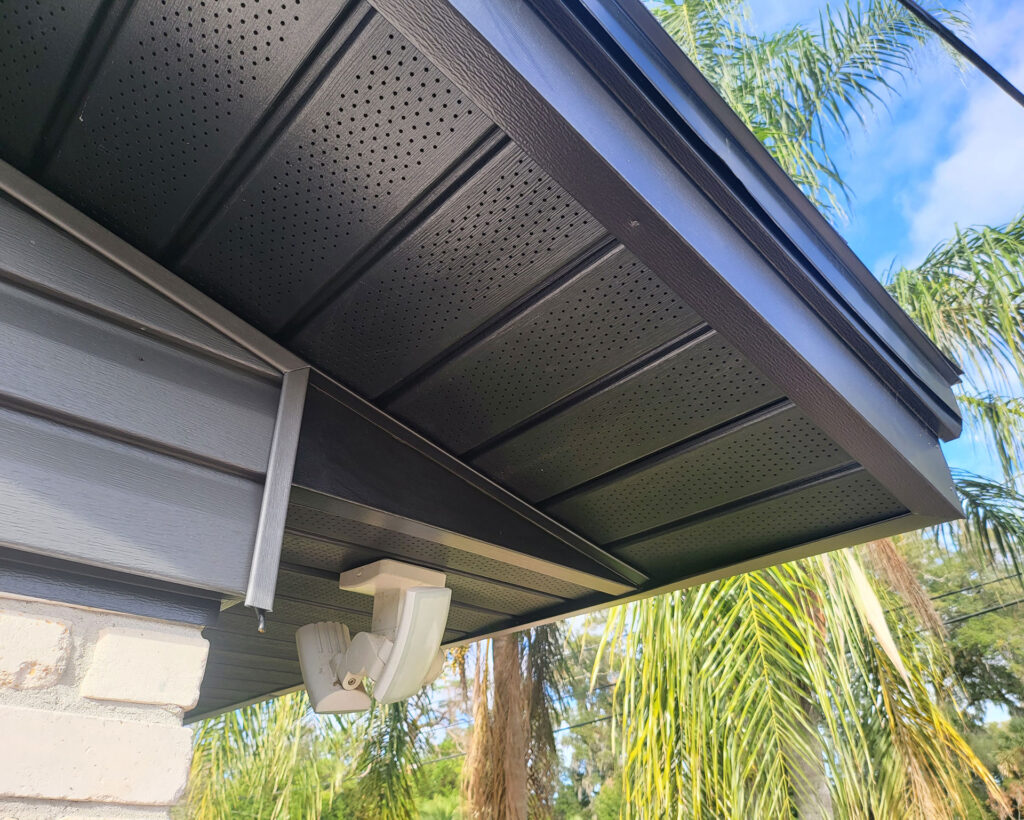
1. Improved Attic Ventilation
One of the primary benefits of vented soffits is that they facilitate proper airflow into the attic. In a well-designed ventilation system, vented soffits act as intake vents, allowing cooler outside air to enter the attic near the eaves. This air then circulates upward and exits through exhaust vents, such as ridge vents, gable vents, or roof vents. This continuous airflow—often called the “stack effect”—prevents stagnant air from accumulating in the attic.
Why It Matters:
2. Moisture Control
Vented soffits play a critical role in managing moisture levels in the attic. Without ventilation, humidity from cooking, bathing, or even breathing can rise into the attic through the ceiling, especially in homes without adequate vapor barriers. When this warm, moist air meets the cold underside of the roof, it can condense into water droplets.
Why It Matters:

3. Extends Roof Lifespan
By regulating temperature and moisture, vented soffits indirectly prolong the life of roofing materials. Asphalt shingles, for example, degrade faster when exposed to excessive heat trapped in an unventilated attic. High temperatures can cause shingles to crack, curl, or lose their protective granules, reducing their effectiveness and aesthetic appeal.
Why It Matters:
4. Energy Efficiency
A well-ventilated attic with vented soffits can lower a home’s energy costs. In hot weather, heat trapped in an unventilated attic radiates downward into living spaces, forcing air conditioning systems to work harder to maintain comfortable indoor temperatures.
Why It Matters:
5. Enhances Indoor Air Quality
While less obvious, vented soffits can contribute to better indoor air quality. By preventing mold growth and reducing moisture infiltration, they help ensure that harmful spores or allergens don’t circulate through the home via HVAC systems or natural air movement.
Why It Matters:
6. Aesthetic and Practical Design
Modern vented soffits are designed to be both functional and visually appealing, and the vinyl material greatly aids in keeping out pests like birds, squirrels, or insects. Trapped in an unventilated attic, these pests radiate downward into living spaces, forcing air conditioning systems to work harder to maintain comfortable indoor temperatures.
Why It Matters:
For homeowners searching for soffit and fascia installation near me, we deliver lasting protection and peace of mind.
Ready to Transform Your Home?
Get a free estimate Today!
Fill out the form below to request a free estimate or consultation. Whether you need siding, windows, doors, or more — our experienced team is here to help bring your vision to life.



